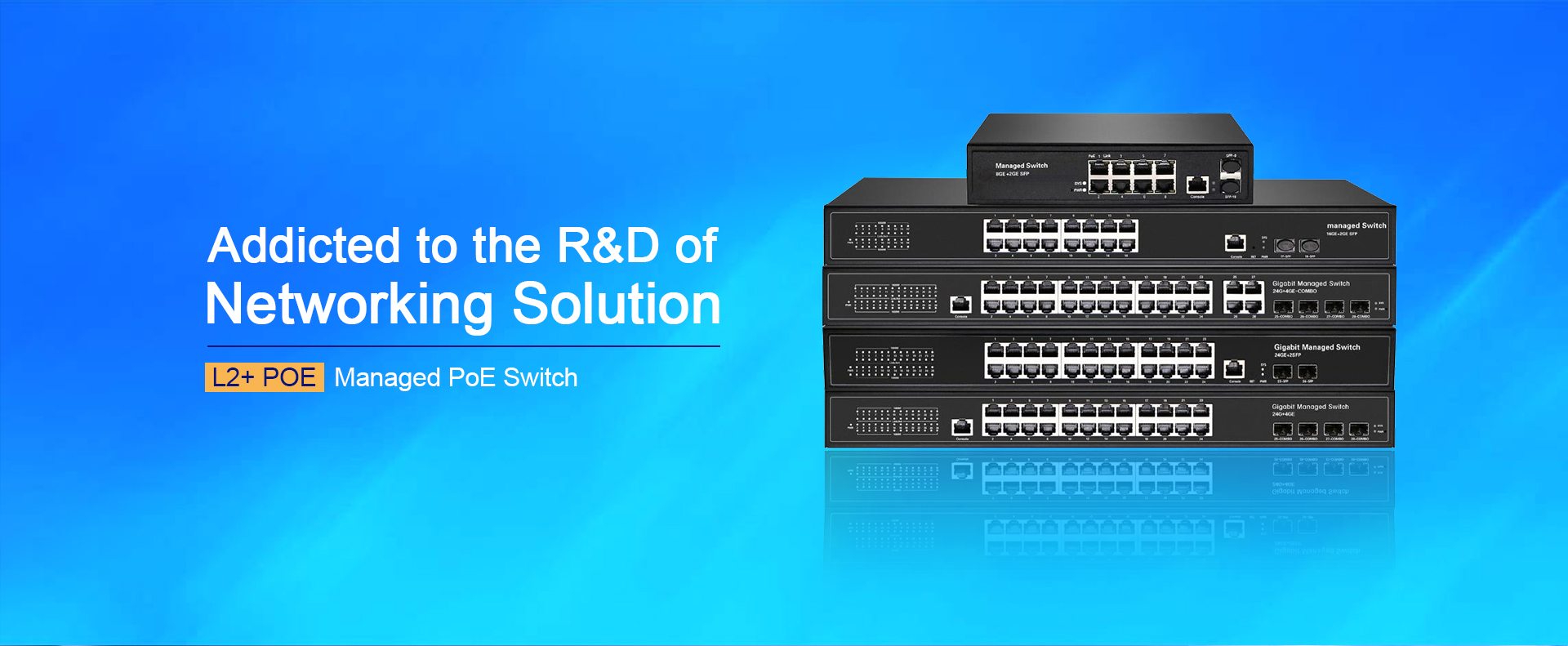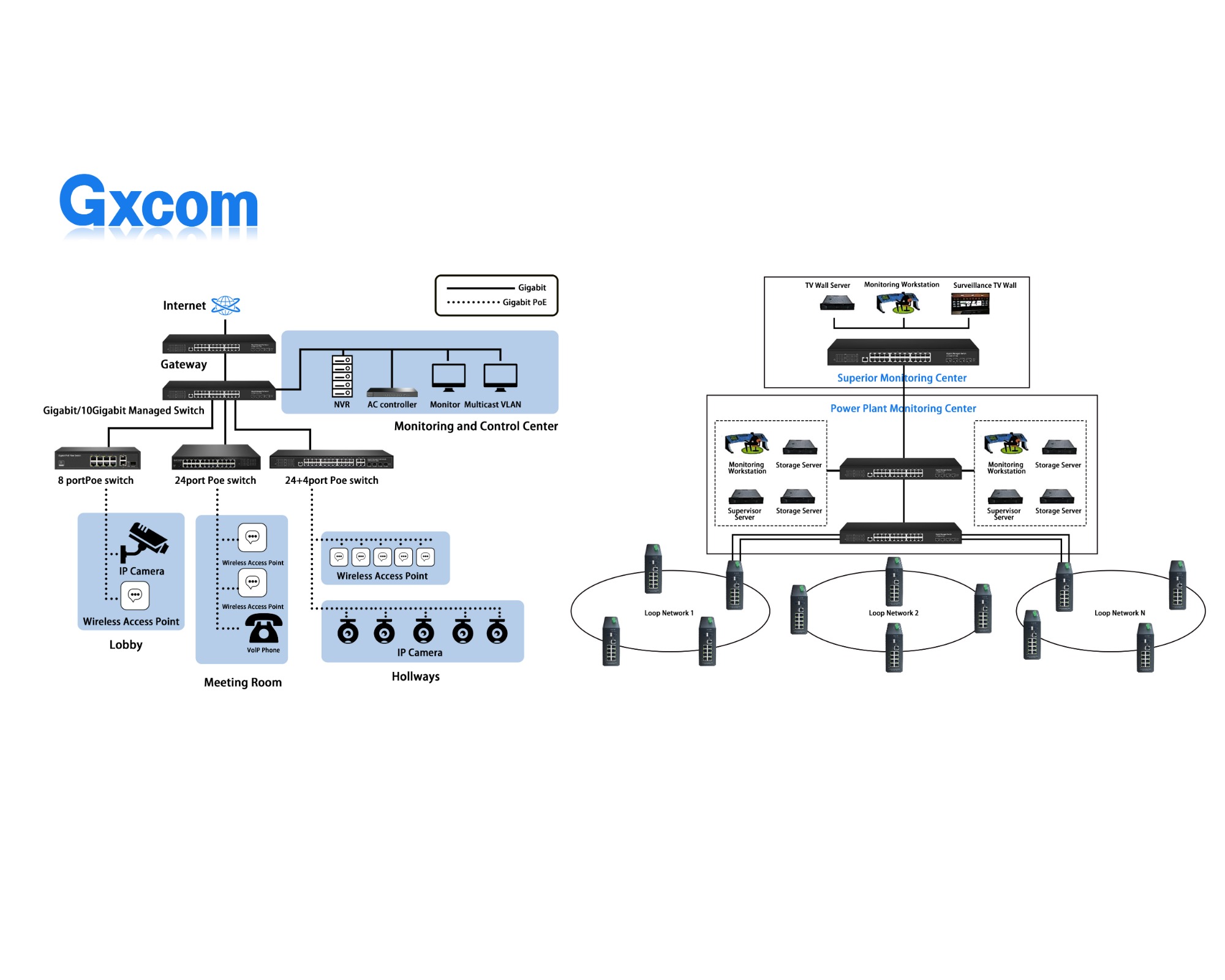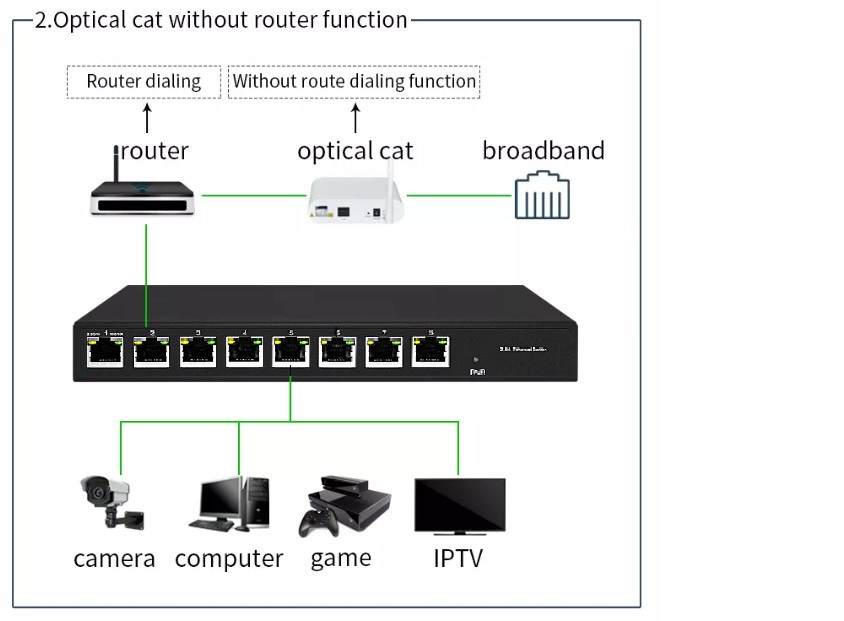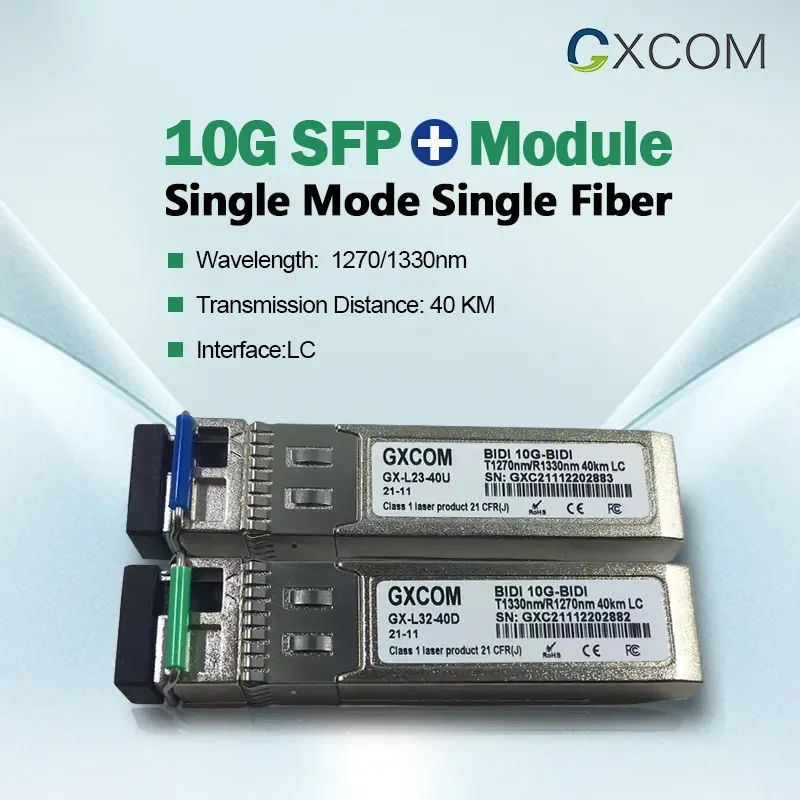It can be difficult to choose whether Ethernet switch or poe switch for your network from the large number of Ethernet switches available in the market. So, in order to keep it simple, Let's talk about poe switch today. I have divided the article into 4 main parts:
- What is Poe Switch
- Advantages of a PoE (Power over Ethernet) Switch/ Why using a Poe Switch.
- Application of Poe Switch
- FAQ of Poe Switch
What is Poe Switch?PoE switch or power over ethernet is a device that combines the functions of a switch and a power supply into one. When connected with multiple network devices, the switch can support power and data transmission over Ethernet cable to access points, surveillance cameras, etc. There are various types of PoE network switches, such as unmanaged and managed PoE switches.
Advantages of a PoE (Power over Ethernet) Switch/ Why using a Poe Switch.
- Simplifies installation: A PoE switch eliminates the need for separate power cables for devices such as security cameras, IP phones, and wireless access points. This simplifies installation and reduces clutter.
- Cost-effective: PoE switches can be more cost-effective than traditional switches and power solutions. They can reduce the need for additional power supplies and simplify installation, all of which can save money.
- Greater flexibility: PoE switches offer greater flexibility in terms of device placement. Since devices don't need to be located near power outlets, they can be placed in more convenient locations.
- Efficient power management: PoE switches can efficiently allocate power to connected devices, preventing power overloads and reducing the risk of downtime
- Scalability: PoE switches can be easily scaled to accommodate additional devices or expansion, making them ideal for growing businesses or organizations.
Application of Poe Switch
Power over Ethernet (PoE) switches allow data and power to be transmitted over Ethernet cables, providing power to PoE-enabled devices. Here are some of the most common applications of PoE switches:
- IP Cameras: PoE switches are used extensively to power IP cameras due to their easy installation and reduced costs of installing additional power lines.
- Access points: Wireless access points can be powered through PoE switches, making it easy to deploy them in large corporate or industrial environments.
- VoIP phones: PoE switches are commonly used to power VoIP phones, which provide an integrated voice and data service.
- IoT devices: Internet of Things (IoT) devices, such as smart sensors and monitoring devices, can be powered by PoE switches, simplifying the installation and maintenance process.
- Overall, PoE switches provide a cost-effective and efficient solution for powering and connecting various devices in an organization's network infrastructure.
- Here are example of applicaiton of our products.
 FAQ
FAQ
Q: What types of PoE are supported by PoE switches?
A: PoE switches can support several PoE standards, including PoE(IEEE 802.3af), PoE+(IEEE 802.3at ), and PoE++ (also known as Ultra PoE). These standards provide different levels of power and are compatible with different types of PoE-enabled devices.
Q: What is the range of PoE power delivery?
A: The range of PoE power delivery depends on the standard being used. PoE can deliver up to 15.4 watts of power, PoE+ can deliver up to 30 watts, and PoE++ can deliver up to 60 watts.
Q: Can non-PoE devices be connected to a PoE switch?
A: Yes, non-PoE devices can be connected to a PoE switch using a standard Ethernet cable. The switch will detect that the device is not PoE-enabled and will not provide power.
Q: What is the difference between a managed and unmanaged PoE switch?
A: A managed PoE switch allows for greater control and configuration of the network and PoE-enabled devices, while an unmanaged PoE switch is plug-and-play and requires no configuration. You can see the sreenshot of Administration Page for our L2 Managed PoE Switch as below. It can support VLAN loop protection STP/RSTP/MSTP spanning tree port aggregation IGMP SNMP POE management, etc.
Q: How do I know if my device is PoE enabled?
A: PoE-enabled devices are typically labeled as such and will have an Ethernet port that supports PoE. Additionally, the device's documentation should indicate whether it supports PoE.



 Do I need a managed switch for PoE cameras?
Do I need a managed switch for PoE cameras?
 How to do PoE troubleshooting?
How to do PoE troubleshooting?
 SFP Compatibility Guide and How to Use a Compatible SFP Module?
SFP Compatibility Guide and How to Use a Compatible SFP Module?